Hurricane Melissa, one of the most powerful storms to strike the Caribbean in recent years, has unleashed catastrophic damage across Jamaica, Haiti, and parts of Cuba. The storm, which intensified rapidly over warm ocean waters, brought relentless winds, torrential rain, and widespread flooding that left communities in ruins and displaced tens of thousands of residents.
A Rapidly Intensifying Storm
Meteorologists say Melissa underwent a period of explosive intensification earlier this week, strengthening from a tropical storm to a Category 4 hurricane in less than 24 hours. The storm’s path across the central Caribbean left meteorologists stunned as it maintained its intensity longer than anticipated, fueled by unusually warm sea temperatures and favorable atmospheric conditions.
With sustained winds surpassing 140 mph and gusts even higher, Melissa became one of the strongest hurricanes to form in the Caribbean basin this late in the season. The storm’s rapid intensification has reignited scientific debate over how climate change and warming ocean waters are supercharging tropical cyclones.
Jamaica: Torrential Rains and Infrastructure Collapse
Jamaica bore the brunt of Melissa’s initial landfall, with the island’s southern and western regions suffering extensive damage. Kingston and Montego Bay were battered by hurricane-force winds that tore roofs from homes, uprooted trees, and knocked out power to more than 80 percent of the island.
Flash floods swept through low-lying communities, inundating homes and forcing thousands to flee to government shelters. Roads and bridges collapsed under the pressure of rising waters, cutting off entire towns from relief supplies.
Prime Minister Andrew Holness declared a national state of emergency, calling on international partners for urgent assistance. Emergency crews continue to search for survivors trapped in debris, while hospitals, already strained, are struggling to treat the injured amid power outages and water shortages.
Haiti: A Humanitarian Crisis Deepens
For Haiti, Melissa’s arrival has deepened an already dire humanitarian crisis. Still recovering from years of political instability, gang violence, and natural disasters, the country was ill-prepared to withstand a storm of this magnitude.
The hurricane made landfall near Les Cayes, where coastal communities were obliterated by storm surges that swept away homes, boats, and infrastructure. Reports indicate that entire villages have been flattened, and the death toll is expected to rise as rescue teams reach isolated areas.
Aid organizations describe the situation as “catastrophic.” Floodwaters have contaminated drinking supplies, sparking fears of a potential cholera outbreak. Thousands of displaced families are now sheltering in overcrowded schools and churches with limited food and medical support.
“The scale of devastation is heartbreaking,” one aid worker said. “We’re seeing families who have lost everything — their homes, their livelihoods, and in many cases, their loved ones.”
Cuba: Strong Defenses Tested
Cuba’s robust disaster preparedness system was once again put to the test as Hurricane Melissa brushed past the island’s eastern provinces. The government evacuated more than 200,000 residents before the storm hit, a move that likely saved countless lives.
Even so, strong winds and torrential rains caused significant damage in Santiago de Cuba and Holguín. Agricultural fields were destroyed, power grids were damaged, and communication networks were temporarily knocked offline.
Officials have begun rapid recovery efforts, though they warn that restoring essential services will take weeks. Despite the widespread destruction, Cuban authorities remain confident that their early warning systems and organized evacuations minimized casualties.
Environmental and Climate Implications
Scientists warn that Hurricane Melissa is another stark reminder of how climate change is reshaping weather patterns across the tropics. Warmer sea-surface temperatures provide more energy for storms to grow rapidly, while shifting wind patterns make their behavior less predictable.
Experts note that the Caribbean has experienced an increase in “rapid intensification events,” where tropical systems gain strength within a single day — a phenomenon that complicates emergency planning and evacuation efforts.
“This is the new normal,” said one climate researcher. “We’re seeing stronger, faster, and more destructive hurricanes fueled by a warming planet.”
Rebuilding Amid Ruins
As the storm moves northward and weakens over open waters, Caribbean nations are beginning the long and painful process of recovery. International aid organizations are mobilizing food, water, and medical supplies, but damaged infrastructure and flooded roads are making logistics extremely difficult.
In Jamaica, relief convoys are struggling to reach remote communities cut off by landslides. In Haiti, the government has appealed for international humanitarian support, warning that the country faces a “disaster within a disaster.” And in Cuba, authorities are deploying military engineers to restore power and repair communication lines.
The Caribbean Disaster Emergency Management Agency (CDEMA) has urged unity and collaboration across the region, emphasizing that recovery will require months — if not years — of coordinated effort.
Looking Ahead
Hurricane Melissa has once again demonstrated the vulnerability of small island nations to extreme weather. Experts are calling for greater investment in resilient infrastructure, early warning systems, and climate adaptation programs to protect communities from future storms.
As the floodwaters recede and the rebuilding begins, the people of Jamaica, Haiti, and Cuba face an uncertain future — one shaped not only by the fury of nature but also by the urgent global challenge of a warming planet.

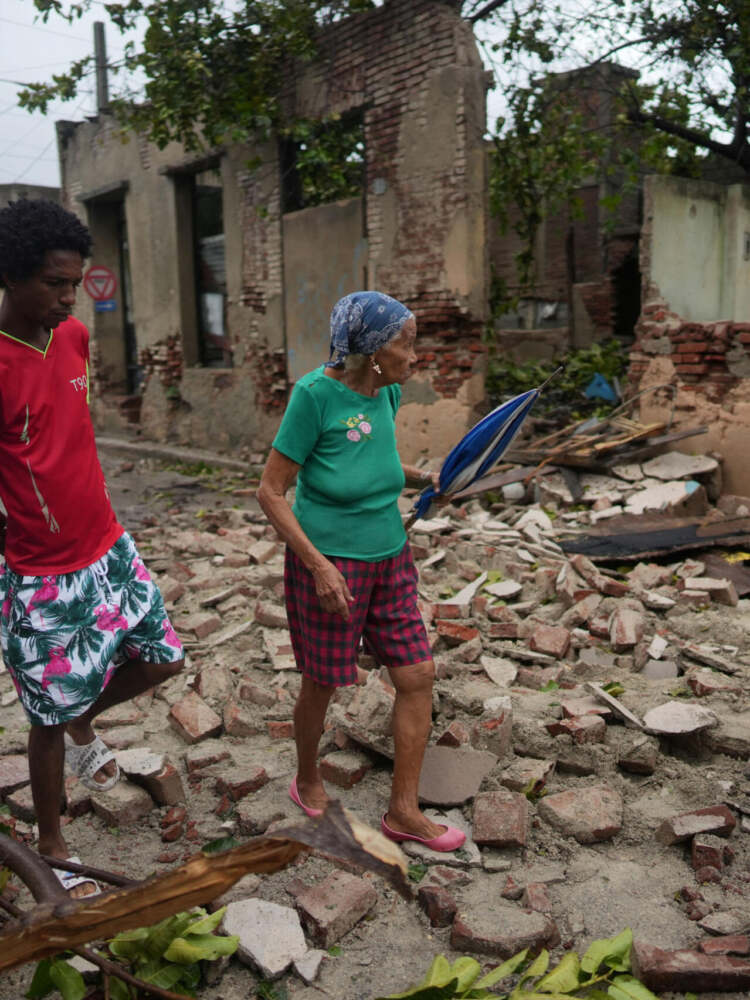


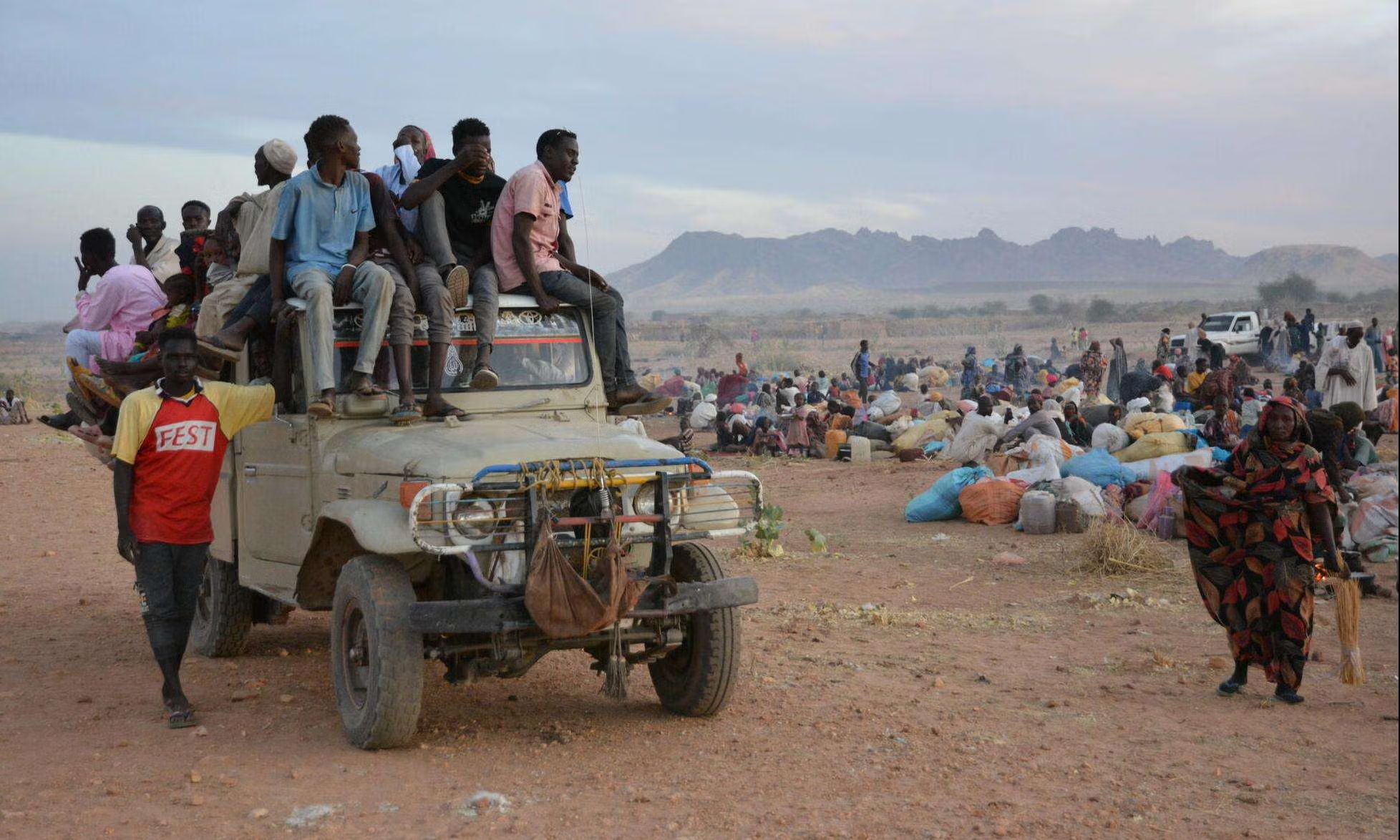
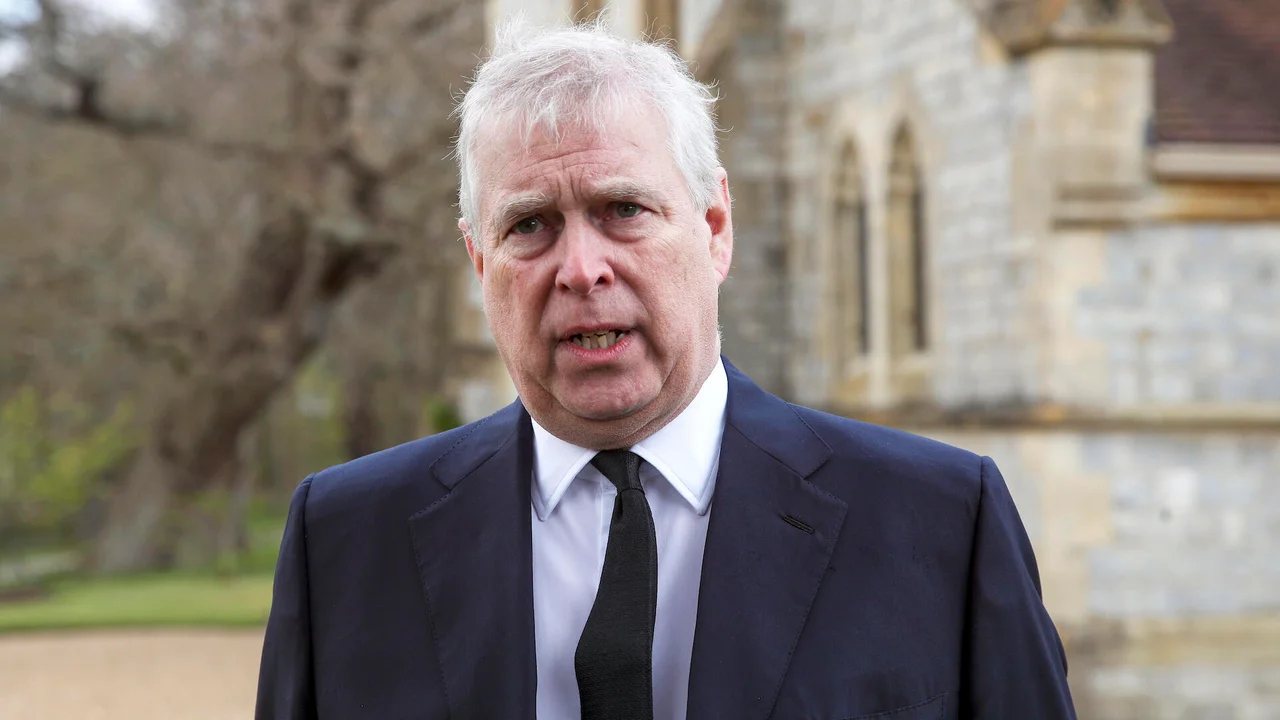
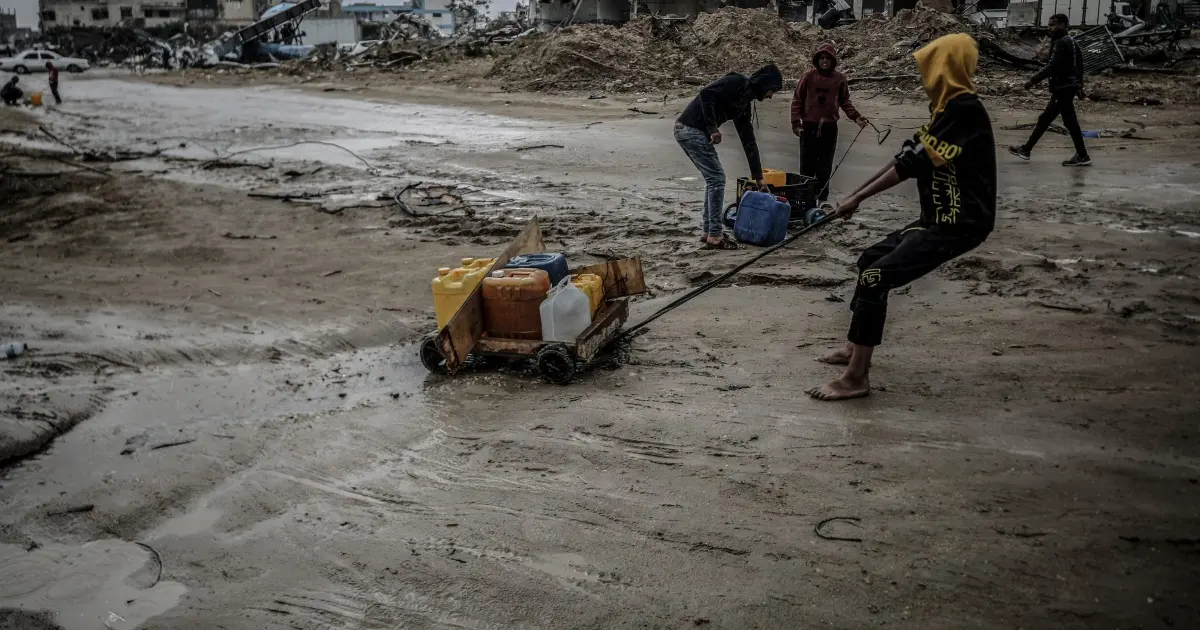

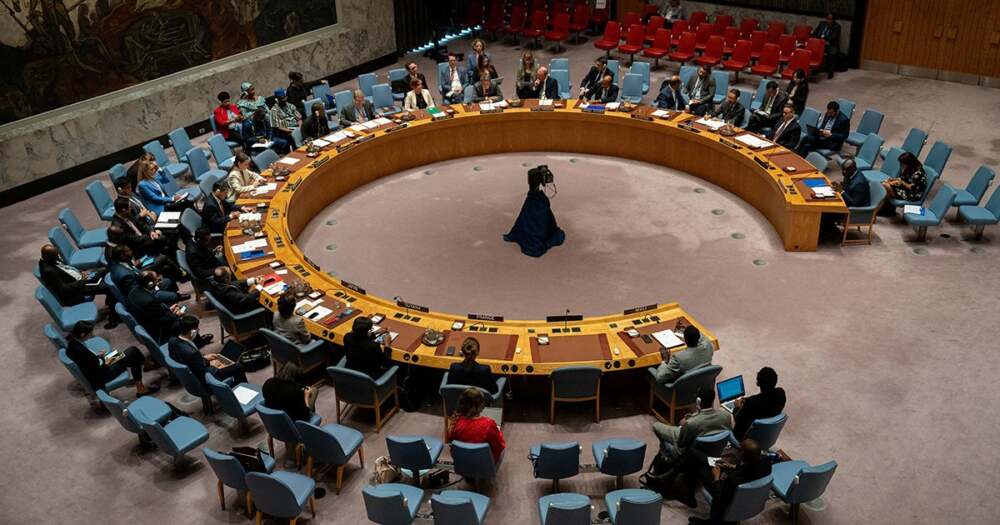



Leave a Reply